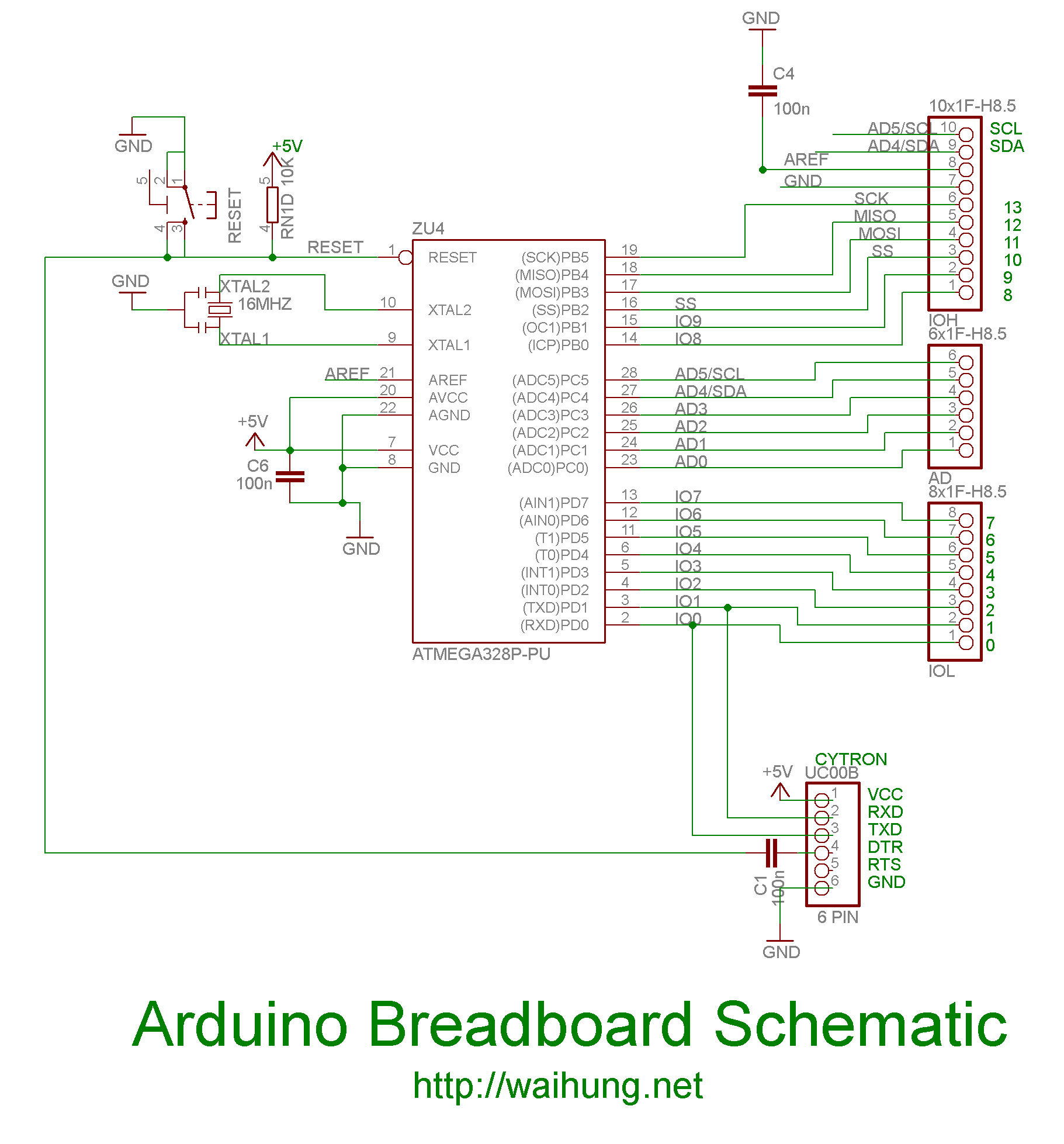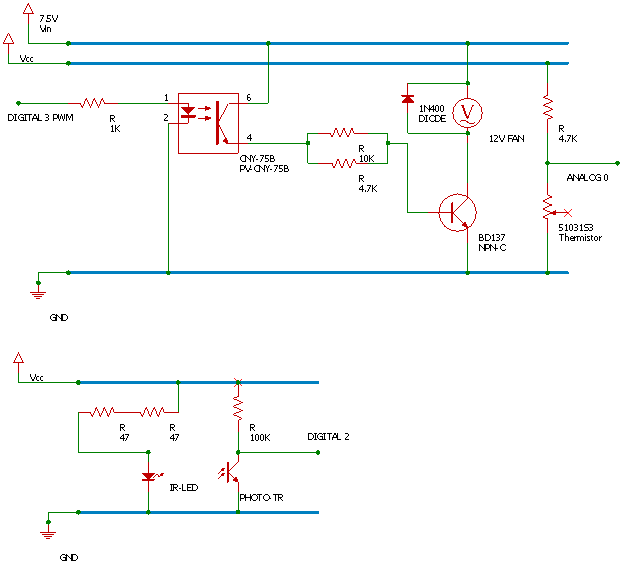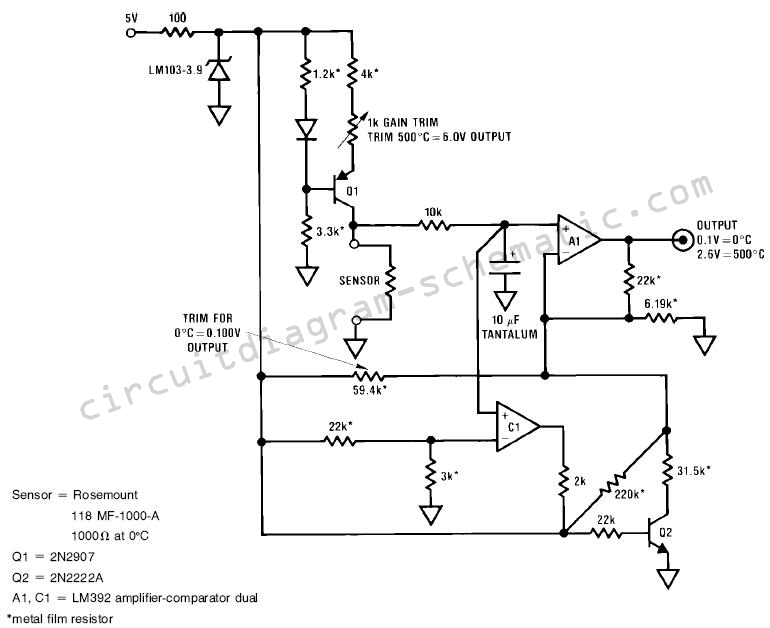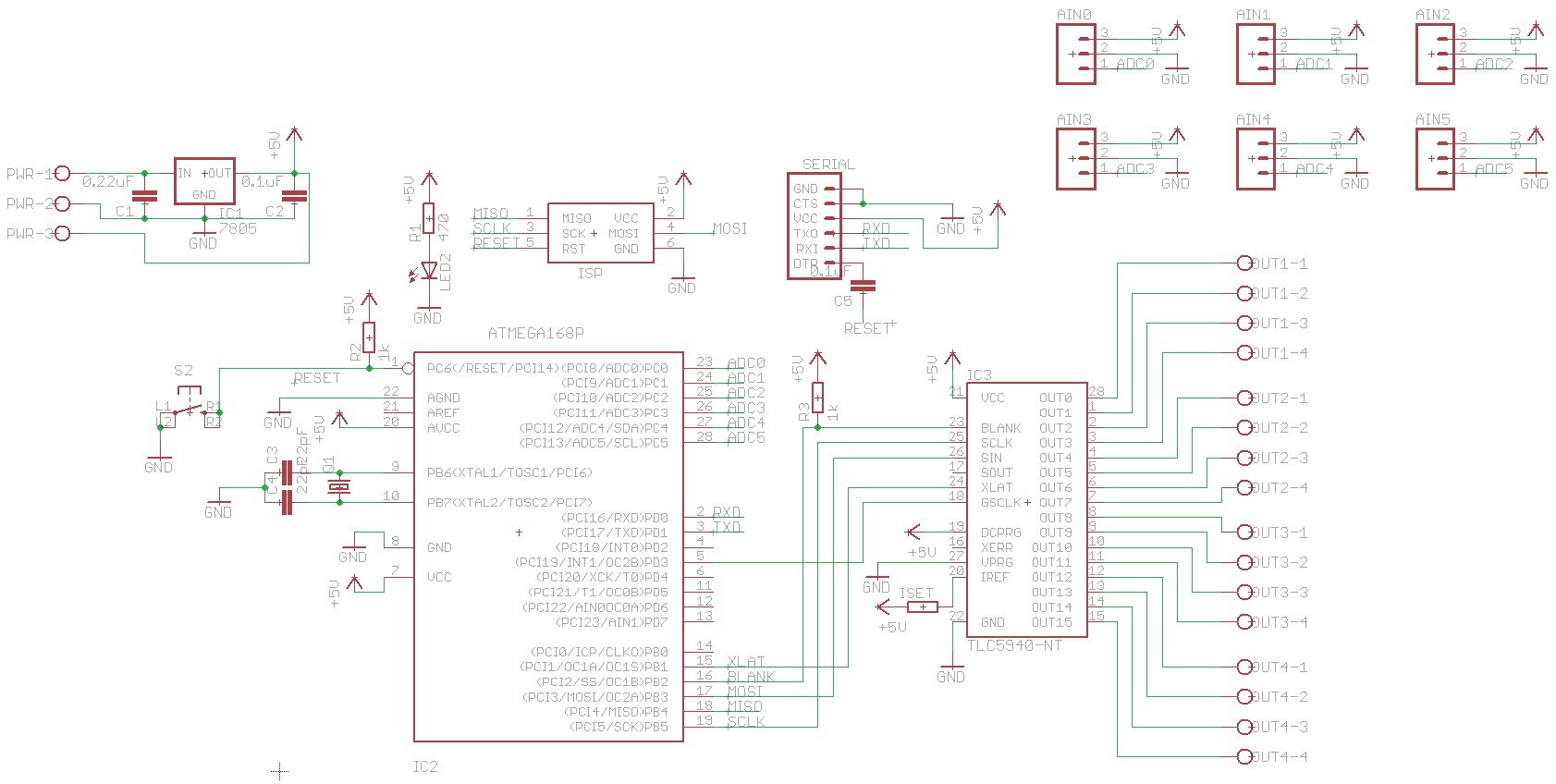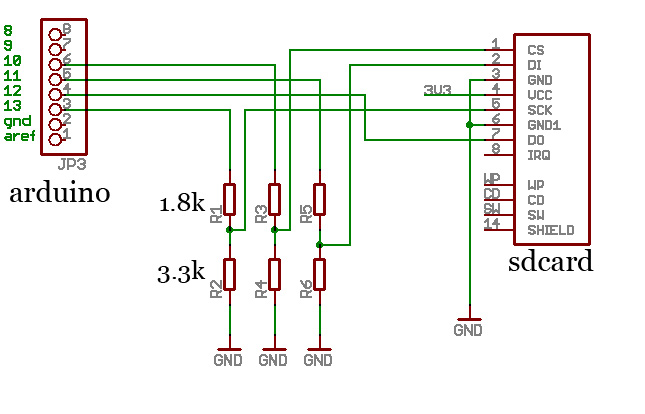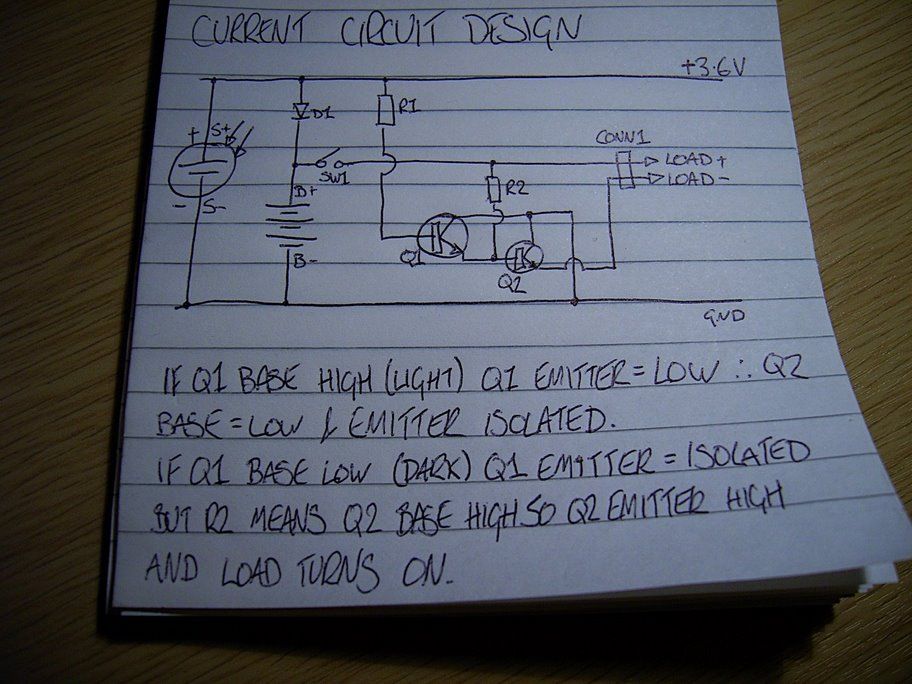
Datalogging for Arduino
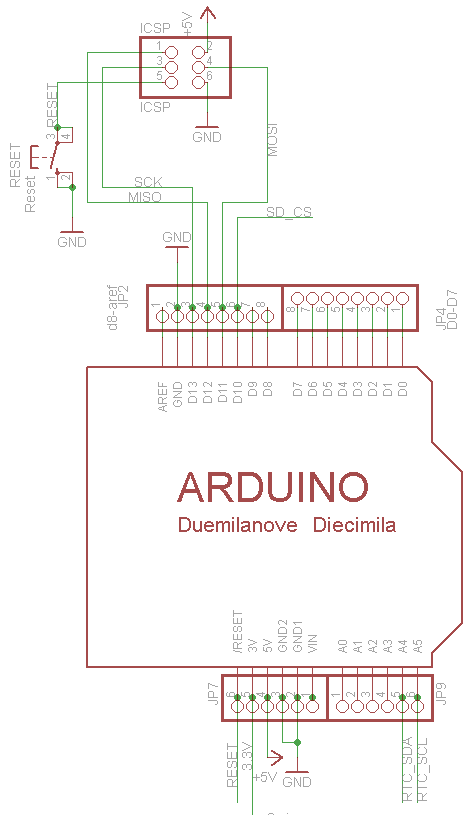
Here is a practical Arduino shield designed specifically for data logging. It has been engineered to be an affordable yet comprehensive solution. The design is user-friendly, allowing for easy assembly and customization, and it includes extensive documentation and libraries. Users can begin operations within an hour, saving data to files on any FAT16 or FAT32 formatted SD card, which can be accessed by various plotting, spreadsheet, or analysis software. A tutorial is also provided to utilize two free software programs for data plotting. Additionally, the included Real-Time Clock timestamps all recorded data, ensuring accurate tracking of events.
The Arduino data logging shield is an essential tool for projects requiring data collection and analysis. It integrates seamlessly with the Arduino platform, providing an interface for connecting to various sensors and devices. The shield is designed to accommodate an SD card slot, enabling users to store large volumes of data efficiently. The use of FAT16 or FAT32 file systems ensures compatibility with a wide range of operating systems and applications, facilitating easy access to the stored data.
The Real-Time Clock (RTC) component is a critical feature of this shield, allowing for precise timekeeping. This functionality is crucial in applications where the timing of data collection is essential. The RTC ensures that every data entry is accurately timestamped, providing context for the data being logged.
The shield's design emphasizes ease of use, with clear documentation guiding users through the setup and operation process. The included libraries simplify the coding required to interface with the shield, allowing users to focus on their projects rather than the intricacies of data logging. The availability of tutorials further enhances the user experience, providing practical examples of how to visualize the data using popular software tools.
Overall, this Arduino data logging shield is a versatile and efficient solution for hobbyists and professionals alike, enabling robust data collection and analysis capabilities in a compact and user-friendly package.Here`s a handy Arduino shield: we`ve had a lot of people looking for a dedicated and well-designed data logging shield. We worked hard to engineer an inexpensive but well-rounded design. Not only is it easy to assemble and customize, it also comes with great documentation and libraries. You can get going within an hour - saving data to files on a ny FAT16 or FAT32 formatted SD card, to be read by any plotting, spreadsheet or analysis program. We even have a tutorial on how to use two free software programs to plot your data. The included Real Time Clock timestamps all your data with the current time, so that you know precisely what happened when! 🔗 External reference
The Arduino data logging shield is an essential tool for projects requiring data collection and analysis. It integrates seamlessly with the Arduino platform, providing an interface for connecting to various sensors and devices. The shield is designed to accommodate an SD card slot, enabling users to store large volumes of data efficiently. The use of FAT16 or FAT32 file systems ensures compatibility with a wide range of operating systems and applications, facilitating easy access to the stored data.
The Real-Time Clock (RTC) component is a critical feature of this shield, allowing for precise timekeeping. This functionality is crucial in applications where the timing of data collection is essential. The RTC ensures that every data entry is accurately timestamped, providing context for the data being logged.
The shield's design emphasizes ease of use, with clear documentation guiding users through the setup and operation process. The included libraries simplify the coding required to interface with the shield, allowing users to focus on their projects rather than the intricacies of data logging. The availability of tutorials further enhances the user experience, providing practical examples of how to visualize the data using popular software tools.
Overall, this Arduino data logging shield is a versatile and efficient solution for hobbyists and professionals alike, enabling robust data collection and analysis capabilities in a compact and user-friendly package.Here`s a handy Arduino shield: we`ve had a lot of people looking for a dedicated and well-designed data logging shield. We worked hard to engineer an inexpensive but well-rounded design. Not only is it easy to assemble and customize, it also comes with great documentation and libraries. You can get going within an hour - saving data to files on a ny FAT16 or FAT32 formatted SD card, to be read by any plotting, spreadsheet or analysis program. We even have a tutorial on how to use two free software programs to plot your data. The included Real Time Clock timestamps all your data with the current time, so that you know precisely what happened when! 🔗 External reference
